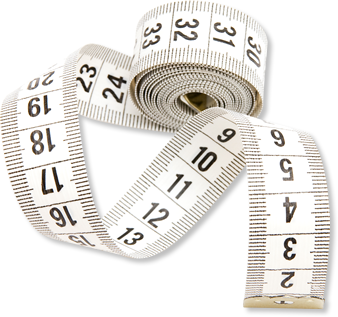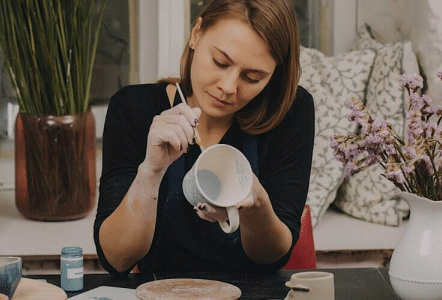Farmer’s markets are great places to sell locally grown or produced goods. Traditionally, these markets were home to local farmers selling their produce such as fruits, veg, meats, dairy products and more, at a competitive price.
Whilst this is still the case, the scope for selling at farmer’s markets has broadened quite a bit. Nowadays, these markets are also occupied by a variety of local sellers (not necessarily farmers) selling a mixture of handcrafted goods. This could include selling handmade crafts.
But, before you begin to sell your crafts, you need to understand the details behind doing so… do you need a licence? What items should you sell? And should you have insurance to sell at a farmers market?
Do you need a licence to sell crafts at farmers markets?
Typically, you do need a licence to sell crafts at a farmers market. The type of licence you need may depend on your local council, or the event organiser. You are able to obtain either a temporary or permanent licence by searching for your postcode on the UK Government market stall licence page.
Failure to obtain a licence before selling items at a farmers market, or any other market for that matter, could lead to prosecution for illegal trading.
What are the best items to sell at a farmers market?
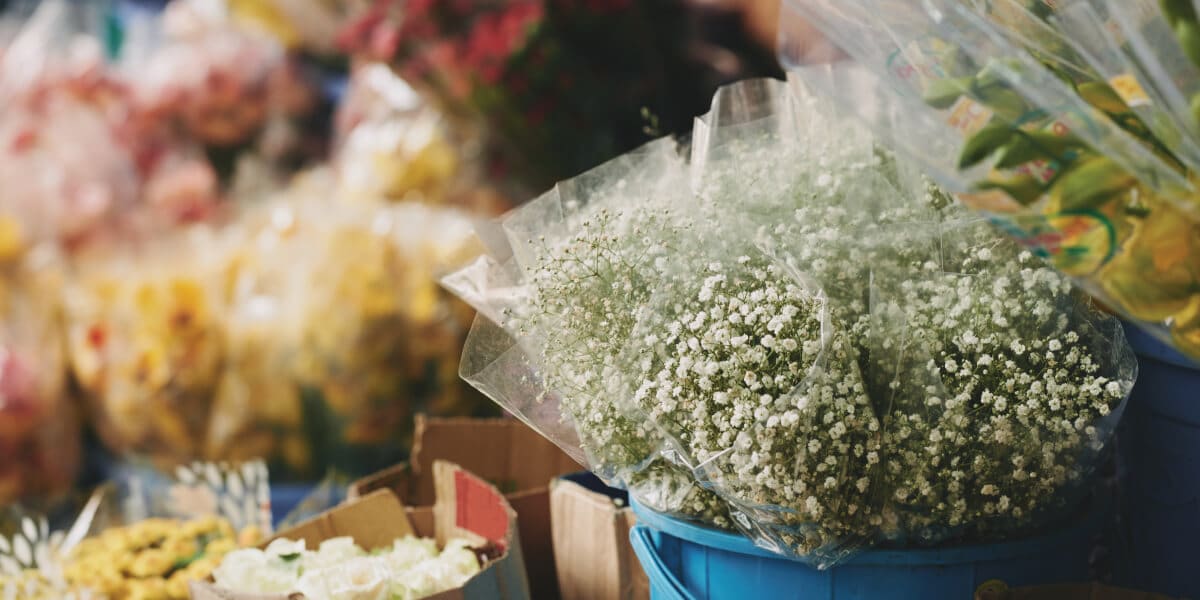
There is no real limit to what items you can sell at a farmers market, but we would suggest the following types of craft as they are relatively easy to store, transport and sell:
As mentioned, there are no real rules around what you can and can’t sell at farmer’s markets; but it’s important that you follow all safety regulations, especially when selling food items. It’s also recommended that you opt to sell simpler and smaller items, which can easily be picked up and taken home. Farmer’s market attendees tend to be looking for convenience and efficiency, hoping for items which are genuinely useful for them in some way.
Get a Free Online Craft Insurance Quote Today
How to get started selling crafts at a farmers market
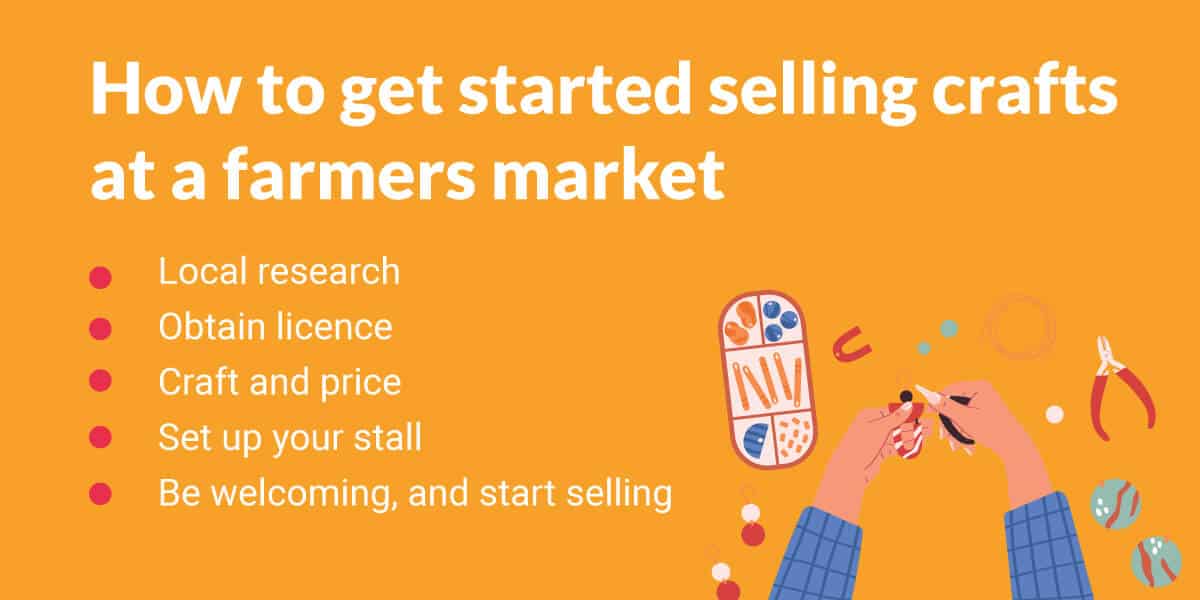
There are a few steps to take when you’re considering selling crafts at a farmer’s market. To get started, you should do the following:
- Local research – Find local markets or craft fairs which might be a suitable fit for your crafts. Contact local farmers market managers or organisers to learn the application process, and any fees that might be required. You can also ask them if your crafts would be suitable for selling at that particular market.
- Obtain licence – If required, obtain your selling licence before you begin to prepare. Whilst it’s very unlikely that you’d fail to obtain a licence, the last thing you want is to be all set up, then realise you’re not legally allowed to sell anything.
- Craft and price – Create your products, whilst trying to create a variation of sizes and prices to appeal to a range of people. Consider your prices, and whether you’ll have wiggle room on these. Typically, haggling and negotiation is not as common at farmer’s markets as it is at car boot sales or other forms of markets, but it might still be a good idea to come up with your ‘minimum price’ in case you need to alter prices as the day progresses.
- Set up your stall – Usually, you’ll need a tent, tables and tablecloths to present your creations. It’s a good idea to organise your crafts into baskets or crates based on size and price. Forefront your most exciting items which are likely to stand out more. Also use professional signage to display prices and your company name, and advertise your website if you have one using a QR code.
- Be welcoming, and start selling – Try to talk to potential customers about your crafts; tell them what makes them unique, but don’t make them feel pressured to buy. If they learn a bit about you and your business, it’s quite likely they’ll come back later in the day!
The legalities of selling your crafts at farmers markets
It’s important to sell your crafts legally to avoid unexpected complications. Not only do you need to obtain the right licence to sell, you also should register as a sole trader even as a small business, so you can report your income for tax purposes.
On top of this, you might also need to register your food business with a local environmental health officer (if applicable) at least 28 days before you begin trading. There are also consumer legislations to adhere to, such as accurately labelling and describing products, and displaying prices clearly.
You should also obtain one off craft fair insurance or normal craft fair insurance to protect yourself against liability claims.
Whilst unlikely, failure to comply with any of these rules or regulations may land you in legal and financial trouble.
Get your Craft Insurance Quote
The importance of insurance when selling crafts at markets
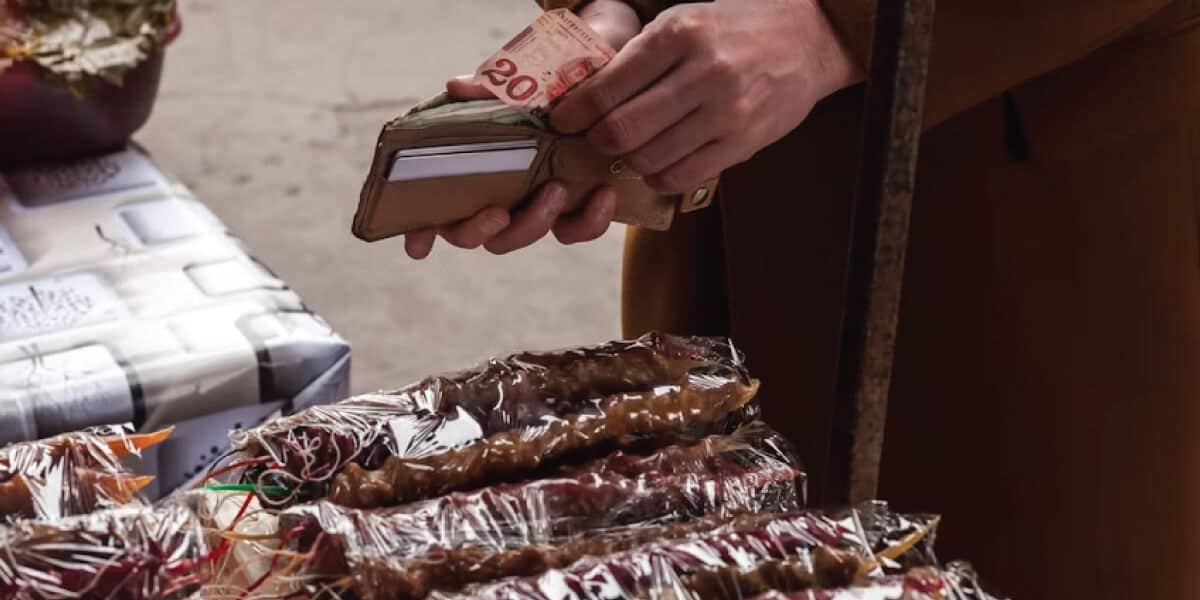
When selling crafts at markets, insurance is vitally important. The first type is public liability insurance, which protects against claims resulting from damage or injury to members of the public and/or their property as a result of your business activities. Even something like a market attendee tripping over your table could be enough for them to claim.
Another form of insurance which can be important is product liability insurance, which covers damage or injury caused by your products themselves. It includes any repair, service or maintenance work you may carry out too.
These features are designed to protect you and your business against unexpected claims, allowing you to craft and share your creations with peace of mind.


